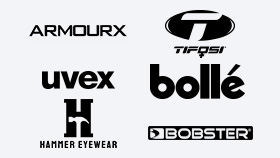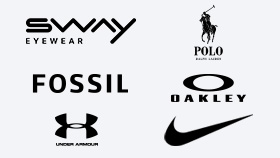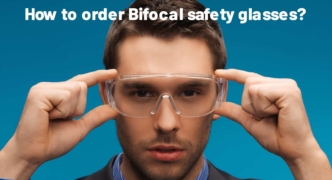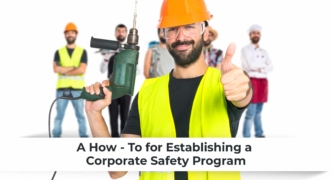
In 2004, the U.S. Bureau of Labor Statistics released data of vision related injuries at work, revealing that about 36,000 employees sustained an eye injury at work. The same study provided workers employed in high-risk jobs a tip to avoid workplace eye injuries.
The report further stated that three out of five injuries occur to workers who neglect to wear proper eye protection. Experts believe that about 90 percent of vision related injuries are preventable if workers wear safety glasses. Hence, it is important for employers to take certain safety precautions at the workplace to prevent workplace eye injuries. Not doing so can result in the following injuries:
- Specks and dust in the eye
- Punctures and cuts in the eye due to handling equipment or from a random object
- Chemicals splashing in the eye
- An accidental blow to one of the eyes
Employers who want to minimize the risk of their workers sustaining a vision related injury at work need to follow this “how to” guide to learn different ways to prevent eye injuries at work:
1. Design a Safe and Secure Working Environment
Falling objects can cause an eye injury at work and it is critical for employers to take steps to minimize the possibility of an injury occurring due to this. They need to provide their workers with a safe and secure environment to work by ensuring the equipment works and that the workers know how to use it properly.
Additionally, they need to place certain safety guidelines at work for their workers to follow in the event of an eye injury. They can easily achieve that by displaying a chart, showing under what circumstances they need to visit an eyewash station and when they need to call for an ambulance.
2. Educate Workers about Wearing Proper Safety Goggles
It is the employer’s responsibility to provide their workers with proper Rx safety glasses to wear at work. They need to select the right type of safety goggles for work, ensure it fits them properly and remains in place, and ensure it is in good condition.
However, employers should also provide workers with the option to bring in their own safety glasses. Still, a better option would be for employers to purchase quality eyeglasses in bulk from a reputable store.
Referring back to the previous study, vision related injuries at work cost over $900 million in workers compensation and over $3 billion in worker productivity and wage losses. It is critical for employers to provide their workers with options — to use company eyewear or invest in a pair of their own.
Furthermore, workers with weak eyesight need to invest in prescription safety glasses. Workers working with chemicals and machinery should not wear contact lenses, as an accident can cause the contact lenses to melt and infuse with the eye. If you do not want to purchase prescription safety glasses, you can wear safety goggles over your contact lenses.
3. Educate Workers about Workplace Safety
Employers need to educate workers about the importance to use smart workplace safety practices to minimize the likelihood of an eye injury. Inform workers to always shake, vacuum, and remove debris and dust from hair, brow, and hard hats before removing their safety glasses.
After removing their protective wear, inform them never to use filthy clothing or hands to rub their eyes, as it can cause an infection. Workers should also clean their eyeglasses on a daily basis before each use using germicidal deodorant fungicide.
4. Prepare for Emergency Situations
We briefly discussed this in a previous heading, but it gets it own heading because it plays a critical role in the prevention of eye injuries at work. Employers need to inform their workers about the different eyewash stations located throughout the facility and provide them training on identifying when they or a fellow co-worker require immediate assistance and needs to be taken to a nearby hospital.
Furthermore, hold training classes to train workers in first-aid courses. Reinforce the need to wear safety glasses at all times and follow required safety measures by conducting mandatory classes after a few months to refresh their memories. For every new worker hired, employees need to brief them on the necessary safety protocols to take in the workplace.
5. Set an Example
Employers and people in management roles need to wear protective safety glasses when on-site. By setting an example, workers may follow suit and wear their safety goggles as well. To ensure everyone is wearing their protective eyewear, employers need to walk around the site to ensure their workers are adhering to the established safety guidelines.
Manufacturing, construction, carpentry, mining, electrical, maintenance, plumbing, and welding are just few of the high-risk jobs that require workers to protect their eyes from flying objects, dust, chemicals, and more.





























